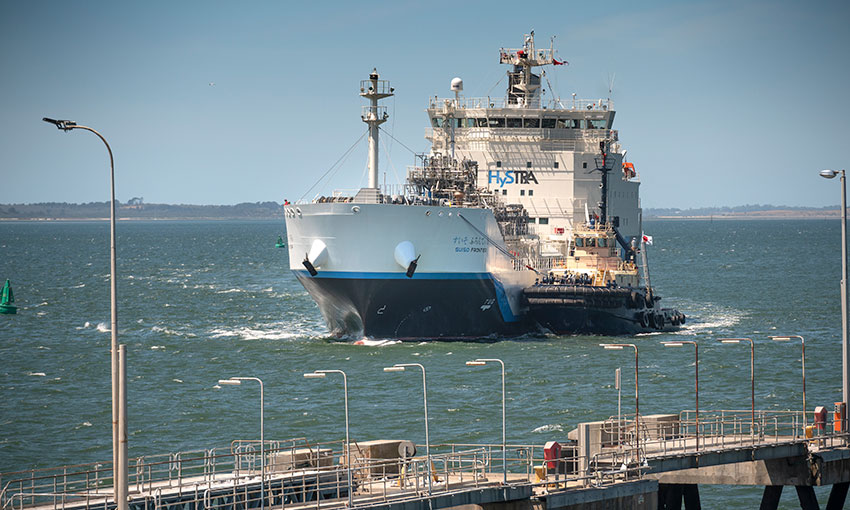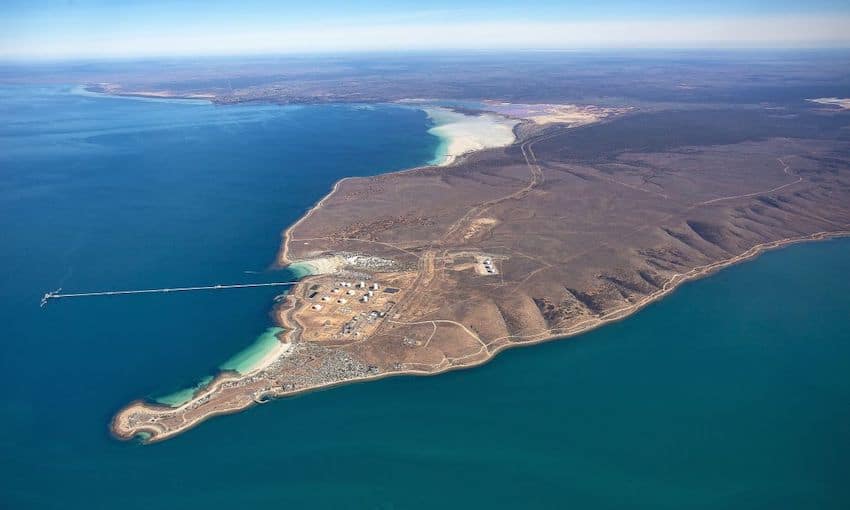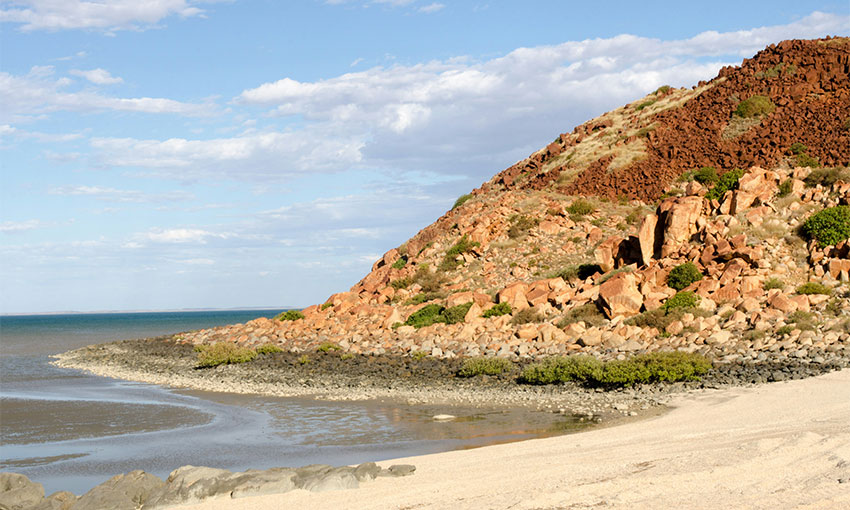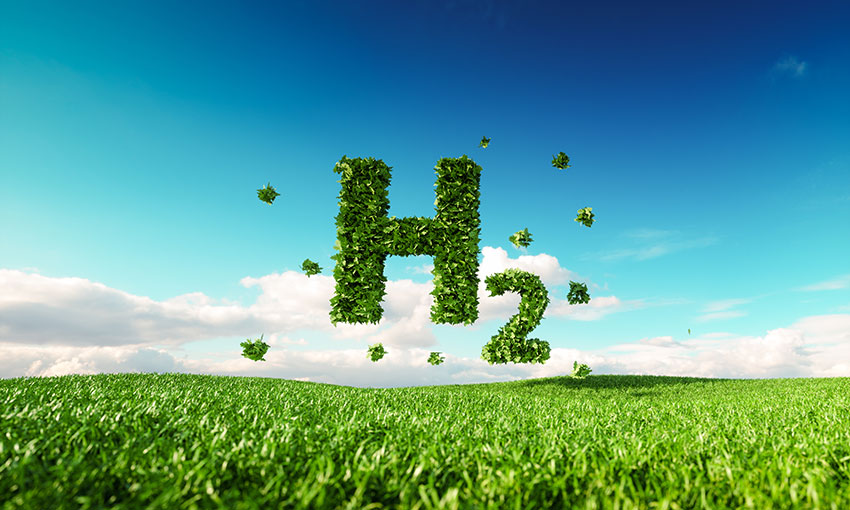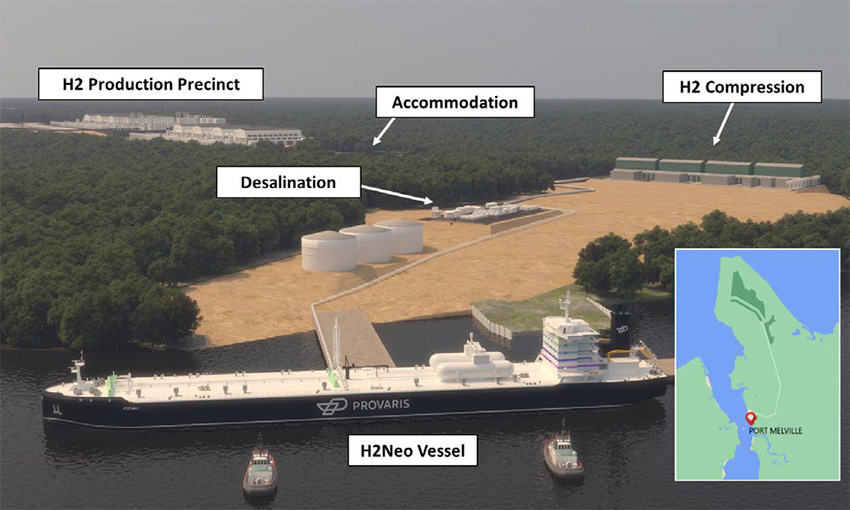THE world’s first liquefied hydrogen carrier, Suiso Frontier, has arrived at Victoria’s Port of Hastings having completed its maiden voyage from Kobe, Japan.
Docking on Thursday 20 January, the LPG tanker’s arrival marks the success of the Hydrogen Energy Supply Chain (HESC) pilot project.
The HESC project is the first in the world to make, liquefy, and transport liquid hydrogen by sea to an international market. The journey from Kobe to Hastings lasted two weeks.
With the cargo transported at negative 253 degrees Celsius, the journey back to Kobe will demonstrate that liquefied hydrogen can be maintained under extremely low atmospheric temperatures for end-use.
Led by Kawasaki Heavy Industries, the $500 million HESC project is backed by the Japanese and Australian governments.
The other partners on the project are: J-Power, Iwatani, Marubeni, AGL Energy and Sumitomo. Shell, ENEOS Corporation and K-Line are also involved on the Japanese side of the project.
Kawasaki Heavy Industries chair Yoshinori Kanehana said, “The arrival of the Suiso Frontier marks the dawn of Australia’s hydrogen industry”.
According to Reuters, the project is driven by the governments’ ambitions to switch to cleaner energy and cut carbon emissions, with hydrogen seen as a path to decarbonising industries relying on coal, gas, and oil.
Hydrogen therefore contributes to Japan’s goal to achieve net-zero emissions by 2050, with Australia aiming to become a major exporter of the fuel.
The project’s vision is to produce carbon neutral hydrogen through extraction from a mix of Latrobe Valley coal and biomass, capturing and storing carbon dioxide via the CarbonNet project and optimising energy efficiency in the HESC supply chain.
HESC project partners have said the learnings from the pilot project will form the basis for further work toward delivering the project at a commercial scale.
Over the next two years, partners will undertake extensive research and development of the technical and operational requirements for a commercial-scale project.
This will involve further testing and demonstration of maritime transport of liquid hydrogen with the Suiso Frontier making additional trips between Australia and Japan.
The project partners will also investigate the economics of the commercial scale project and its business model.
Other considerations include the improvement of technologies to reduce costs and carbon intensity across the supply chain, and the implementation of a stakeholder engagement program.
Registered in Japan, Suiso Frontier is 116 metres long and has a 1250-cubic-metre liquefied hydrogen storage tank.
The tank features a double-shell structure with vacuum insulation between overlapping inner and outer shell layers, supported by high strength glass-fibre-reinforced plastic.
The vessel is owned by CO2-free Hydrogen Energy Supply-chain Technology Association (HySTRA).

